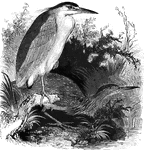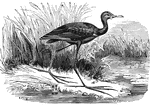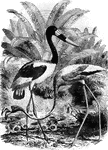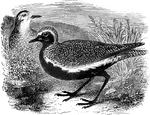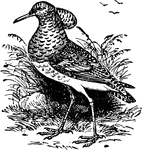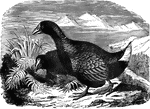Clipart tagged: ‘grallatores’
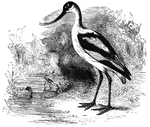
Avocet
The avocet averages about eighteen inches in length, feeding on worms, aquatic insects, and thin-skinned…
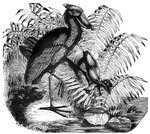
Balœniceps
About three feet, nine inches in height, the balœniceps is native along the banks of the White…
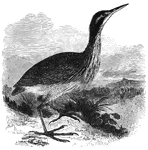
American Bittern
Measuring approximately twenty-six inches in length, the American bittern is a nocturnal hunter. It…
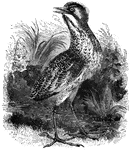
Common Bittern
The common bittern of Europe feeds at night, primarily on frogs, lizards, small birds, and fish.
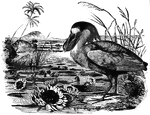
Boatbill
Also known as the crested savacou, the boat-bill gets its name from the shape of its beak, which resembles…
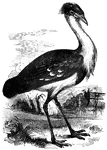
Black-Billed Bustard
Found in India, the black-billed bustard can measure up to four and a half feet in length.
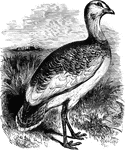
Great Bustard
Forty-five inches in length, the great bustard feeds on green wheat, grapes, trefoil, and other vegetable…
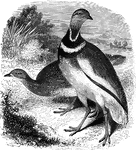
Little European Bustard
The little European bustard measures about seventeen inches in length, and is found predominently in…
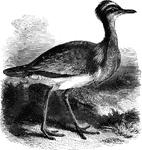
Macqueen's Bustard
Feeding mostly on insects, Macqueen's bustard makes its home in the dry sandy plains of Afganistan.
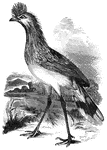
Cariama
Found on the elevated plains of Paraguay and Brazil, the cariama is about thirty inches long and feeds…
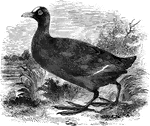
Common European coot
Averaging about sixteen inches in length, the common coot of Europe is found throughout Europe and Asia.
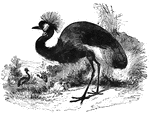
Balearic Crane
The balearic crane (also known as the crowned crane) stands about four feet high, and is easily domesticable.

Common European crane
The common crane of Europe is mostly of a blueish-ash color, feeding on worms, insects, reptiles, mollusca,…

Numidian Crane
Averaging about three feet in length, the numidian crane makes its home in Africa, though it has been…
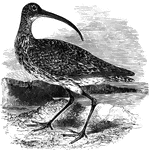
Curlew
Distinguished by a long, slender bill which curves downward, the curlew feeds mostly on worms, slugs,…

Dunlin
Also known as the purre, stint, ox-bird, and the sea-snipe, the dunlin is found throughout Europe and…
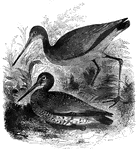
Black-Tailed Godwits
The black-tailed godwit measures about sixteen inches in length, and is found throughout Europe during…

Grallatores
A group of Grallatores, an order with characteristically long legs, well suited for wading in shallow…
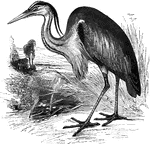
Gray Heron
Also known as the crested heron, the European gray heron ranges from Middle and Southern Europe into…
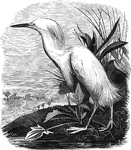
Great White Heron
White, often with a yellowish tinge, the great white heron of America closely resembles its European…
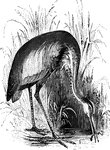
Purple Heron
"twenty-nine inches long; slate-gray above; dark maroon and slate-gray beneath ; found in the warmer…
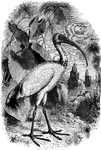
Sacred Ibis
Found throughout Africa, the sacred (or white) ibis was revered by the ancient Egyptians.
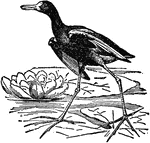
Jacana
"The Jacana is a wading bird; a genus of grallatores. They are very light birds; and the wide surface…
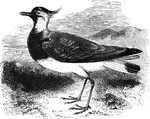
Lapwing
Also known as the peewit, the lapwing is distributed through Europe, as well as some parts of Asia and…
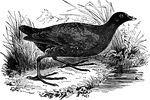
Moorhen
Also known as the waterhen, the moorhen lives around rivers and lakes, feeding on worms, insects, mollusca,…
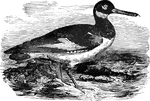
European Oystercatcher
The European oyster-catcher is about eighteen inches in length, commonly found along the sea-coast.…
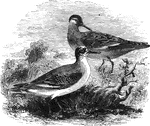
Gray Phalarope
Preferring aquatic environment, the females of the gray phalarope species are slightly larger than the…
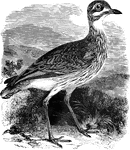
Great Plover
The great plover, also known as the thick-knee averages about seventeen inches in length and ranges…
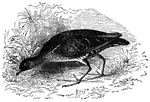
Common American Carolina Rail
Also known as the Carolina rail, soree rail, and the English rail, the common American rail is found…
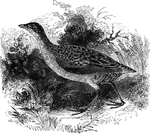
Land Rail
Generally inhabiting Europe, the land-rail is also known as the corn-crake. It averages about seven…

Common European Water Rail
The common European water-rail is native to warmer parts of Europe, as well as portions of Asia.
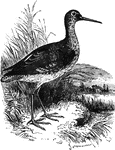
Spotted Redshank
The common red-shank averages about twelve inches in length, and makes its home along sea-shores, and…
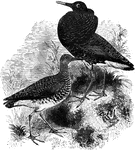
Ruff
The ruff is a migratory species, ranging from Europe to Asia. They are known for fighting with one another.
!["The broad-billed sandpiper.. [is] six and a half inches long, variegated above with black, rufous, and gray; beneath grayish-white, tinged with buffish-red; rare, but distributed throughout Europe." — Goodrich, 1859](https://etc.usf.edu/clipart/13000/13073/bblldsndpipr_13073_mth.gif)
Broad-Billed Sandpiper
"The broad-billed sandpiper.. [is] six and a half inches long, variegated above with black, rufous,…
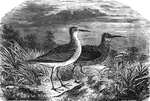
Curlew Sandpipers
Averaging about eight inches in length, the curlew sandpiper can be found in Northern Europe, Asia,…
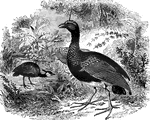
Horned Screamer
Also known as the kamichi, the horned screamer gets its name from the three inch horn on its head, as…
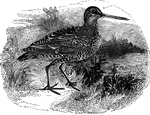
Double Snipe
The double snipe, also known as the solitary snipe and the great snipe, is found sparingly throughout…

European Snipe
Ranging as far north as Scandanavia, Iceland, and Greenland in the summer, the European snipe migrates…
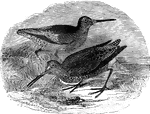
Gray Snipe
The gray snipe is a migratory bird, found in the United States. It is also known as the brown snipe,…
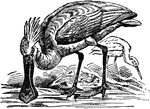
Spoonbill
"Spoonbill is the popular name of the birds of the genus Platalea, belonging to the heron family (Ardeidæ),…
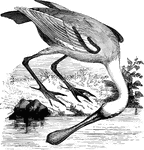
Roseate Spoonbill
Drawing its name from the widing of its bill towards the tip, the spoonbill frequents coastal and marshy…
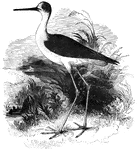
Black-Winged Stilt
Also known as the European stilt, the black-winged stilt inhabits coastal areas where it forages for…
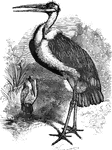
Marabout Stork
Found in the tropical regions of Africa, the marabout stork can be found amongst vultures, picking through…
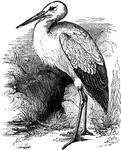
White Stork
Measuring about three feet in length, the white stork migrates to Europe during the summer, and back…

Turnstone
The turnstone is found along coasts. It gets its name from its habit of flipping over small stones,…
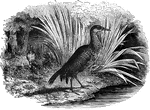
Weka
"Seventeen inches long; color brown; it flies badly, but runs with great swiftness; never takes to the…
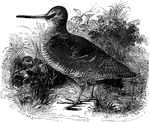
European Woodcock
The European woodcock averages about thirteen inches in length, and prefers to feed on earthworms. It…
